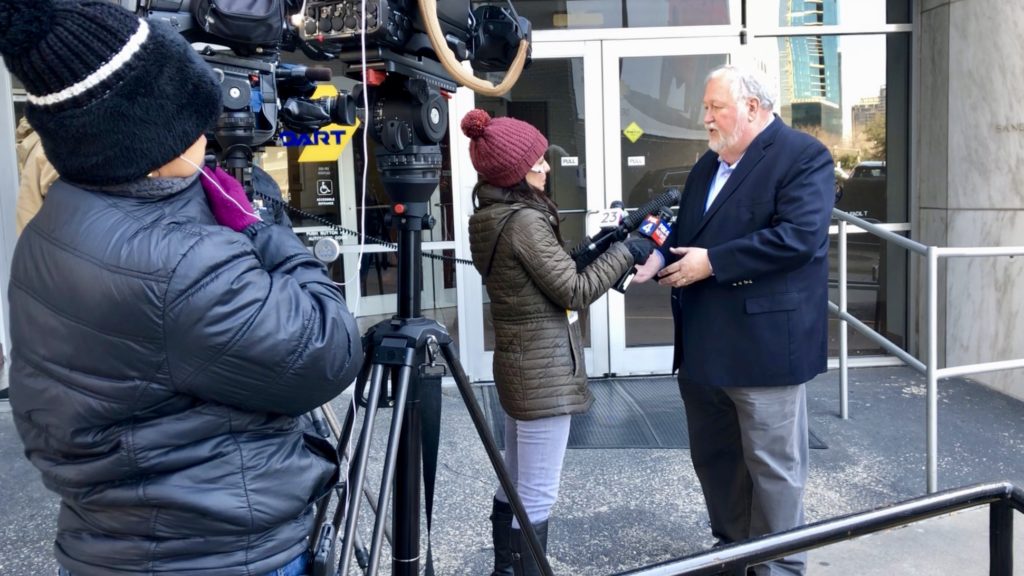Like most news consumers I’ve been spending a lot of time with “misinformation.” You can also call it fake news, or lies or BS. Like others in the PR space I’m trying to provide clients the best guidance for dealing with it. Some recent readings offer a bit of help.
A collection of research on the topic, Misinformation and Mass Audiences by Southwell, Thorson and Sheble helped me more fully appreciate the scale of the challenge. I reviewed the book for an upcoming edition of Communications Booknotes Quarterly. Another initial impression after reading the essays on healthcare and smoking is this really isn’t a new problem. Perhaps the ubiquity of misinformation and the press of it from all our new channels is. Allan Miller at the News Literacy Project writes very clearly about the challenge in an April post on Medium.
So, what do we do?
In some cases, not responding may be the best move. Just because it appeared on social or traditional media doesn’t mean a critical mass of your audience is paying attention to it. Anyone with internet access and 30 seconds of free time can create a social media presence. Add a cellphone camera and willingness to do or say something outrageous and someone may be starting their 15 minutes of fame.
But this is risky. It’s only advised if you’re really monitoring the conversations about your client. You must know who is saying what and how their comments are moving the discussion. That comes from having access to deep conversation insights. I’ve been fortunate to work with DC-based AlphaVu for several years to navigate some challenging issues. It’s quite possible your client is being smacked about by a small cell of people talking to each other. Don’t rule out the possibility this group is also using bots to try and extend their reach. That can boost scale, but doesn’t necessarily make it more damaging.
Not engaging isn’t the same thing as doing nothing. It’s a reminder to always be communicating. Push the evergreen truths about your client. Inoculate your audience from misinformation. Having a sustainable strategy to deliver that information is key, and data mining certainly helps find the channels and key players.
Syracuse professor Jeff Hemsley has a fascinating essay in the Southwell collection mentioned earlier on what he calls “middle-level gatekeepers.” They’re influencers somewhere between the guy with a smartphone and a group of friends and recognized large-scale influencers. They’re plugged into the audiences and influencers your client needs to reach or they’re subject-matter experts who draw the attention of your desired audience. One component of your strategy should be to intentionally seek this group of influencers and create content specifically for them.
Our work as PR professionals is still all about positioning and messaging. Managing today’s version of misinformation is our latest challenge and another way we demonstrate value to executive leadership.
Morgan Lyons is owner of Lyons Strategic

